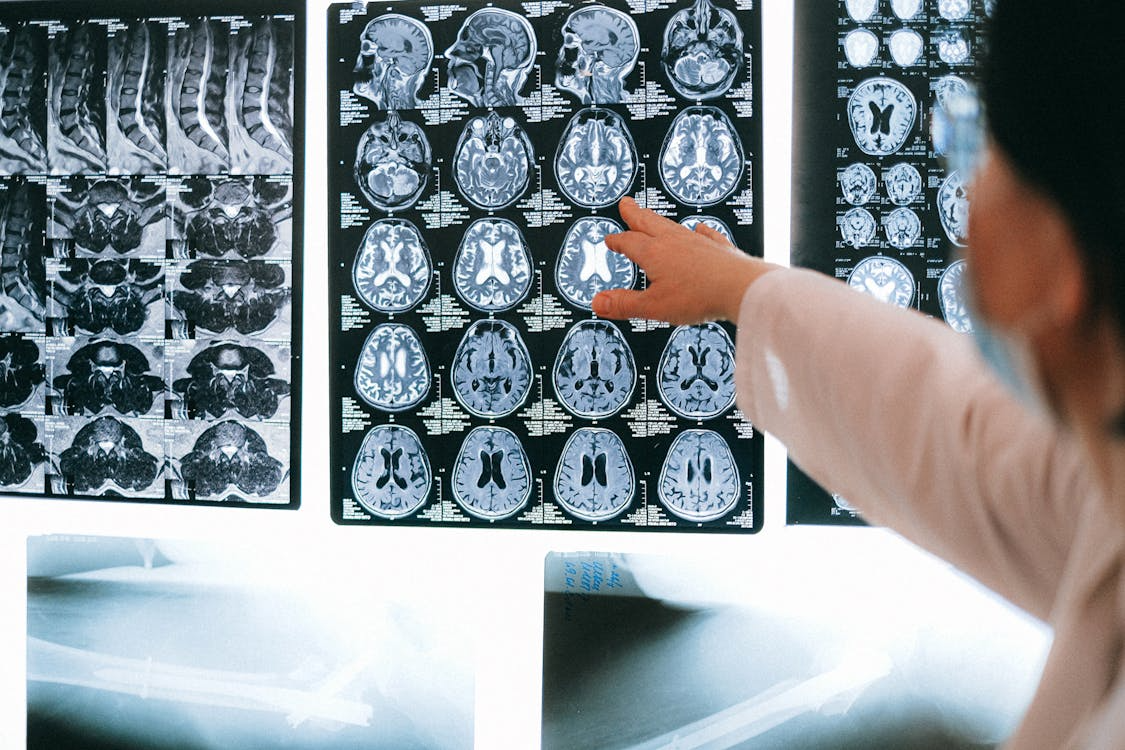Understanding Alzheimer’s Disease: Causes, Symptoms, Diagnosis, and Care
Alzheimer’s disease is a progressive neurodegenerative disorder that affects millions worldwide and is the most common cause of dementia. It primarily impacts memory, thinking, and behavior, eventually interfering with daily life and independent functioning. While there is currently no cure, advances in understanding, early diagnosis, and management strategies can help improve quality of life for patients and their families.
What Is Alzheimer’s Disease?
Alzheimer’s disease is characterized by the gradual buildup of abnormal protein deposits—amyloid plaques and tau tangles—in the brain, leading to nerve cell damage and death. This results in shrinking brain tissue and impaired cognitive function (Alzheimer’s Association).
Causes and Risk Factors
The exact cause of Alzheimer’s remains unknown, but multiple factors contribute:
-
Age: The greatest risk factor, with most cases occurring in people over 65.
-
Genetics: Family history and certain genes (e.g., APOE ε4) increase risk (National Institute on Aging).
-
Lifestyle and Heart Health: Poor cardiovascular health, diabetes, smoking, and sedentary lifestyle may contribute to increased risk.
-
Head Trauma: Severe or repeated head injuries have been linked to higher Alzheimer’s risk.
Early Signs and Symptoms
Alzheimer’s symptoms usually develop slowly and worsen over time. Early warning signs include:
-
Memory loss affecting daily life, such as forgetting recent conversations or events.
-
Difficulty planning or solving problems, like managing finances or following recipes.
-
Confusion with time or place.
-
Trouble understanding visual images and spatial relationships.
-
Problems with speaking or writing.
-
Withdrawal from work or social activities.
-
Changes in mood or personality, including depression, anxiety, or agitation (Mayo Clinic).
How Alzheimer’s Disease Is Diagnosed
Diagnosis involves:
-
Medical history and physical exam.
-
Cognitive and neuropsychological tests assessing memory, problem-solving, attention, and language.
-
Brain imaging (MRI, CT, PET scans) to detect brain changes and rule out other causes.
-
Laboratory tests to exclude vitamin deficiencies or thyroid problems.
-
Biomarker testing in cerebrospinal fluid or blood for amyloid and tau proteins (emerging techniques) (Alzheimer’s Association).
Stages of Alzheimer’s Disease
-
Preclinical Stage: Brain changes occur before symptoms appear.
-
Mild (Early) Stage: Noticeable memory lapses and cognitive difficulties.
-
Moderate (Middle) Stage: Increased memory loss, confusion, and behavioral changes. Assistance with daily activities becomes necessary.
-
Severe (Late) Stage: Significant loss of function; patients require full-time care (National Institute on Aging).
Treatment and Management
Currently, there is no cure for Alzheimer’s, but treatments can help manage symptoms and improve quality of life:
-
Medications:
-
Cholinesterase inhibitors (donepezil, rivastigmine) to improve neurotransmitter function.
-
Memantine to regulate glutamate activity.
-
-
Non-Pharmacological Approaches: Cognitive stimulation, physical exercise, and social engagement.
-
Supportive Care: Managing behavioral symptoms, ensuring safety, and providing caregiver support (Alzheimer’s Association).
Preventive Measures and Lifestyle Tips
While no guaranteed prevention exists, lifestyle factors may reduce risk or delay onset:
-
Regular physical activity and maintaining cardiovascular health.
-
Balanced Mediterranean-style diet rich in fruits, vegetables, whole grains, and healthy fats (Harvard Health).
-
Mental stimulation through reading, puzzles, or learning new skills.
-
Social engagement and stress reduction.
-
Avoiding smoking and excessive alcohol consumption.
Caring for Someone with Alzheimer’s
Caring for a loved one with Alzheimer’s can be challenging but rewarding. Key tips include:
-
Establishing daily routines to reduce confusion.
-
Creating a safe environment free of hazards.
-
Using memory aids such as calendars and labels.
-
Seeking support groups for caregivers.
-
Planning for legal and financial matters early.
Conclusion
Alzheimer’s disease profoundly impacts individuals and families, but awareness, early diagnosis, and comprehensive care can make a significant difference. Continued research holds promise for future treatments, but for now, healthy lifestyle choices and supportive care remain the best strategies to manage this complex disease.
Sources:

